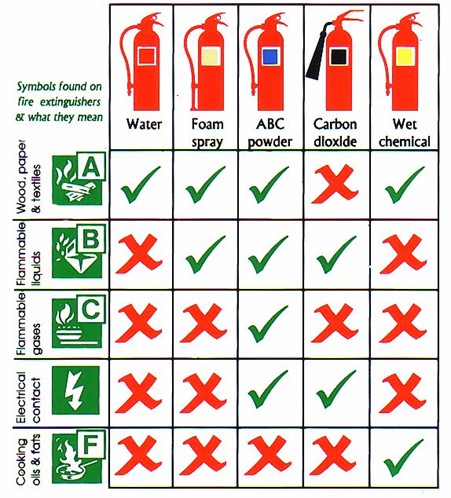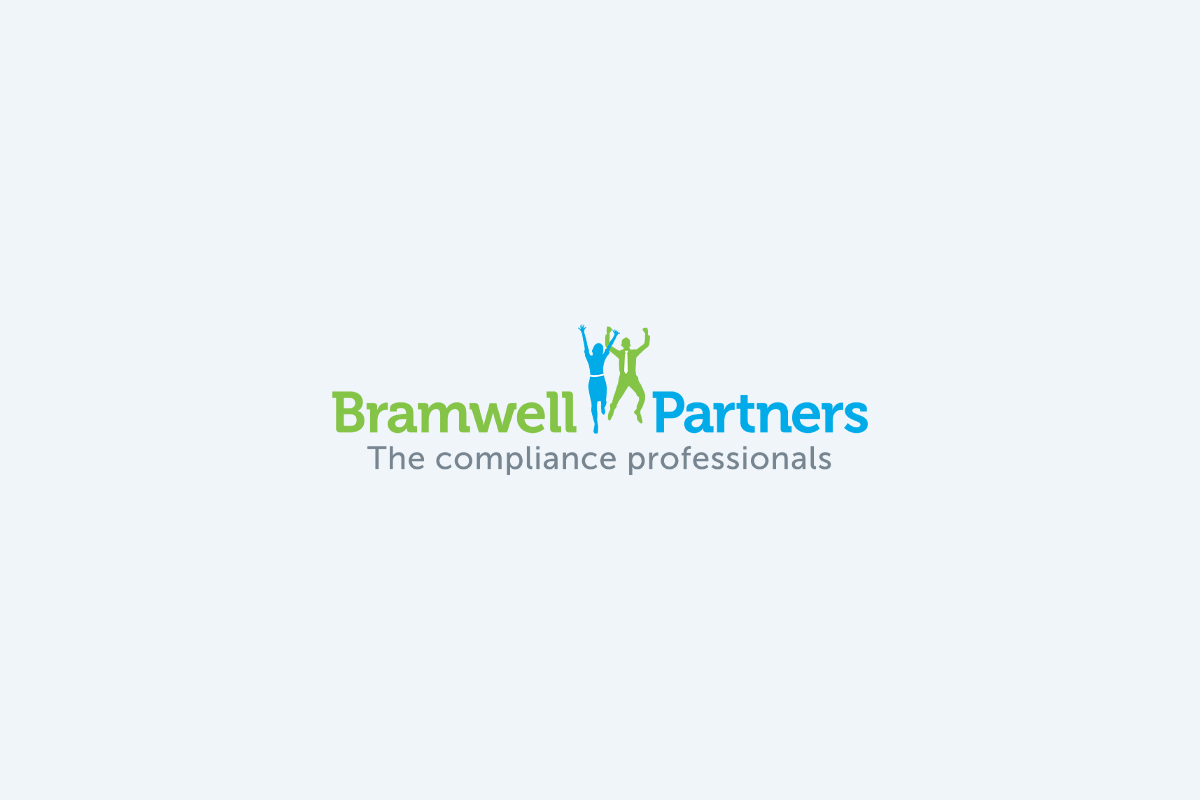As the weather warms up and the risk of bushfires increases, fire safety becomes a hot and important topic for Australian workplaces. More than 50% of extreme fire danger days in Queensland have occurred since 1990. Employers play a crucial role in ensuring the safety of their teams and facilities.
This guide is designed to help you navigate the essential elements of fire safety in the workplace, from understanding regulations to implementing effective prevention strategies. Whether you’re in an office, factory, or any other work environment, having a robust fire safety plan is vital for protecting your employees and assets.
Together, we will examine the essential measures you can implement to ensure a safer workplace in this blog.
Bramwell Partners provide HR consulting to many outstanding businesses in Brisbane. Contact us today to learn more about our services by contacting us online or emailing us at success@bramwellpartners.com.au.
Fire Evacuation Plans
There are three key components to a Fire Evacuation Plan for commercial, industrial and construction sites: evacuation diagrams, an Emergency Response Plan and emergency training. These components form part of the AS3745:2010 Planning for Emergencies in Facilities and/or AS4083-2010 Planning for Emergencies in Healthcare Code (dependant on your industry).
- Evacuation Diagrams
It is the responsibility of the PCBUs to have current evacuation diagrams and ensure they are visible in public spaces.
Diagrams should feature the following:
- Dates of implementation
- Business name and site address
- The ‘You Are Here’ location
- Evacuation routes
- Designated exit points including fire exit doors
- Designated emergency assembly area
- Fire Indicator Panel (FIP)
- Firefighting equipment locations
- Diagram symbol legend.
- Emergency Response Plan
Your Emergency Response Plan is a written document that lists the roles and names of these staff members and contact details. Additionally, it includes evacuation guidelines, information on how to manage visitors, specific risks for the property, a Personal Emergency Evacuation Plan (PEEP) for any staff who require additional assistance plus other essential information.
- Emergency Training
You must train appointed emergency staff in procedures before and after a fire outbreak, and it is crucial to conduct regular fire drills so that staff and tenants are familiar with evacuation procedures, including exit pathways, location of fire exit doors and external meeting points.
Evacuation training will vary depending on the nature and size of your property but should be completed at minimum every 12 months.
Who Do I Need In the Event Of A Fire?
In the event of an emergency evacuation there needs to be at a minimum a Fire Safety Advisor and Chief Fire Warden. Should you have a large building, Area Wardens may be required to evacuate employees.
Regardless of having designated Fire Safety Advisors and/or Fire Wardens, everyone in the organisation should be trained in general fire safety and regularly practise the fire evacuation plan. Employees should be able to feel confident to communicate to emergency services in the event of an emergency.
Overview of Fire Safety Roles
Fire Safety Advisor
A Fire Safety Advisor holds an approved building fire safety qualification issued within the last three years.
Key responsibilities include:
- Providing first response evacuation instruction and coordination.
- Liaising with occupiers for plan development and annual reviews.
- Monitoring prescribed fire safety installations and advising on maintenance.
- Coordinating Emergency Control Organisation and evacuation practices.
- Assisting during Queensland Fire Emergency Service inspections and providing comprehensive knowledge of the building.
- May perform the role of Evacuation Coordinator during business hours.
Chief Fire Warden
During an emergency, it is the primary role of the Chief Warden to act as the lead point of contact for all Wardens. Their responsibility is to manage all operations so that occupants exit an emergency safely.
A Chief Warden must:
- Act as the final decision maker for emergency proceedings when the Fire Safety Advisor is not present.
- Ensure that all emergency procedures are being followed.
- Notify Emergency Services immediately once an emergency has been identified.
- Initiate communication with the Floor and Deputy Wardens and instruct them on the course of actions to begin taking, including clearing floors and evacuating personnel.
- Liaise with Emergency Services personnel, remain in control of a facility and hand off control to Emergency Services personnel upon arrival at the facility.
Floor/Area Warden
Floor Wardens are responsible for the safety of an area or floor in their facility
Types of Fire Extinguishers
Whilst there are 6 main types of fire extinguisher, there are different versions of Dry Powder Chemical extinguishers. The types of fire extinguisher are:
- Water
- Foam
- Dry Powder – ABE
- Dry Powder – BE
- Carbon Dioxide (‘CO2’)
- Wet Chemical
- Lithium Ion
There is no one extinguisher type which works on all classes of fire.
It is important to ensure the correct extinguisher is used for the specific fuel! Using the incorrect extinguisher can allow the fire to re-ignite after apparently being extinguished successfully.
Classes of Fire
There are six classes of fire: Class A, Class B, Class C, Class D, Class E, and Class F.
- Class A fires – combustible materials:caused by flammable solids, such as wood, paper, and fabric
- Class B fires – flammable liquids:such as petrol, turpentine or paint
- Class C fires – flammable gases:like LPG, hydrogen, butane or methane
- Class D fires – combustible metals:chemicals such as magnesium, aluminium or potassium
- Class E fires – electrical equipment:once the electrical item is removed, the fire changes class
- Class F fires – cooking fats and oils: fryers and chip-pans

Seeking WHS Advice on Enhancing Your Workplaces Fire Safety?
Call Bramwell Partners today on 07 3630 5695 (Brisbane) or 07 4849 5517 (Central Queensland) to get access to our expert WHS Consultants who can provide you with the tailored advice to ensure your business is compliant.
 enquiries@bramwellpartners.com.au
enquiries@bramwellpartners.com.au


